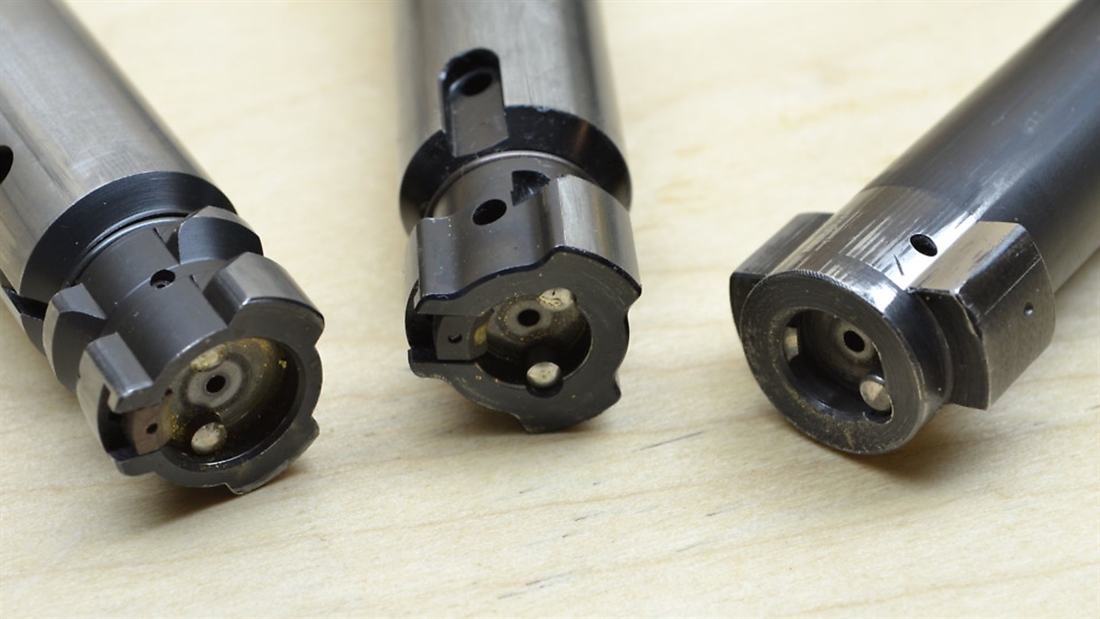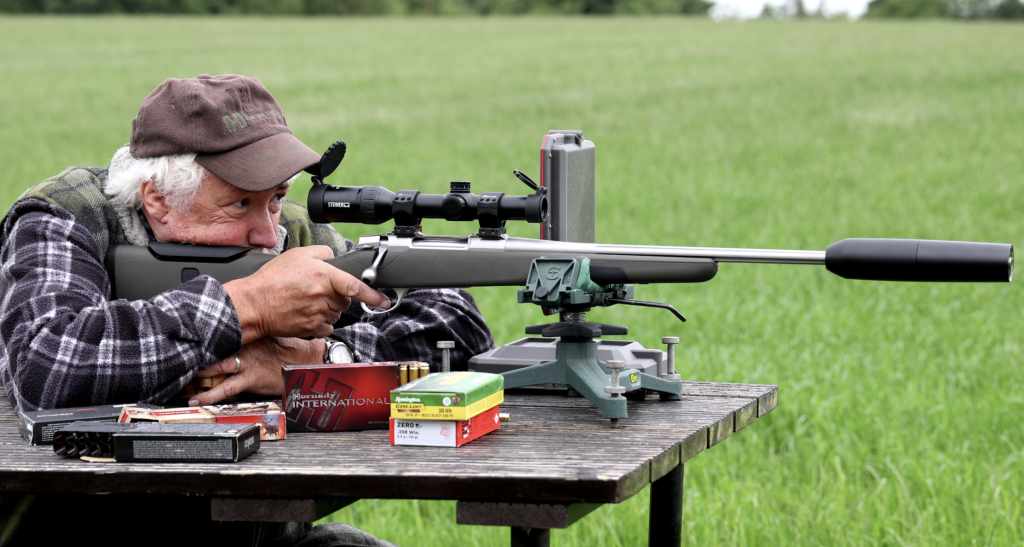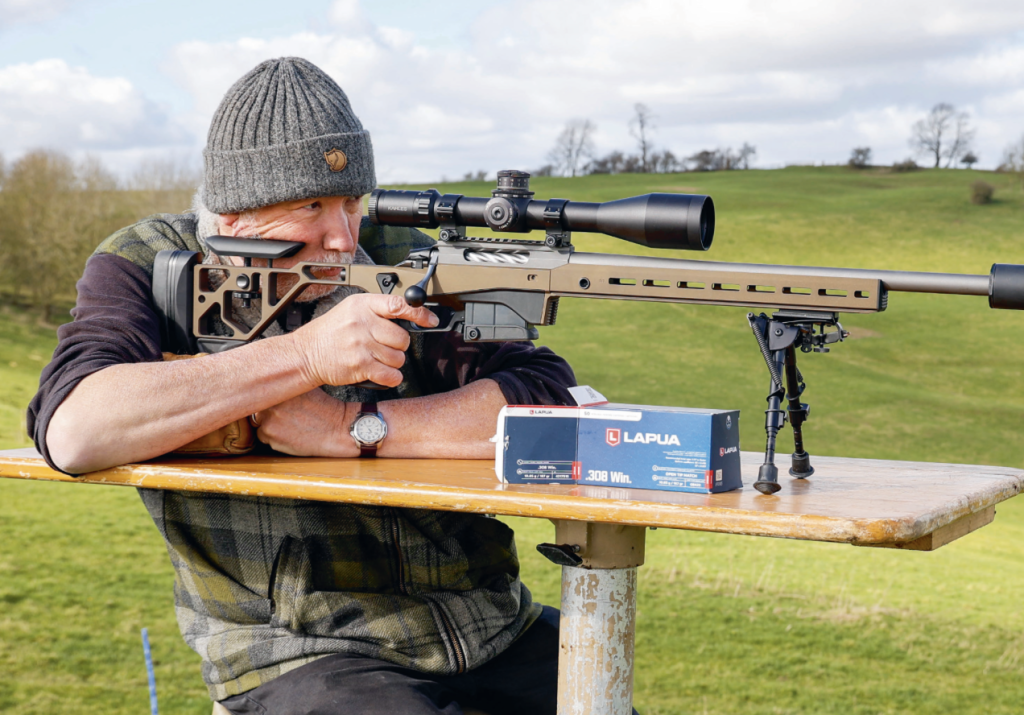What difference do the number of bolt lugs make?

I’m confused by differing numbers of bolt lugs on rifles’ actions… can you explain the differences please?
Q: In your articles, you talk about the number of bolt lugs there are on a rifle’s action. Can you explain the differences between them please?
A: CHRIS PARKIN replies: The majority of modern bolt action rifles have two or three lugs which, when turned as the bolt handle is rotated, move in front of the abutments within the rifle’s action or in some cases the barrel itself, locking the chamber closed. These lugs resist the pressure created within the cartridge as it is fired and when the handle is lifted, the lugs rotate back into free space to be withdrawn from the breech and cycled to reload. The latest manufacturing machinery and computerisation have allowed lugs to get smaller and more intricate with guns like Sauer’s 101 and Mauser’s M12 showing three pairs of lugs split into two rows. Each of the now SIX ‘teeth’, slotting into its own locking abutments.
Generally, a two-lug bolt requires 90 degrees of rotation to open, three lugs are 60 degrees and the occasionally seen four-lug bolts require only 45-degree bolt lift to cycle the gun (are you noticing a pattern here, for the 360 degrees of one full rotation split into 2/3/4 regions?). Of course, the firing pin spring needs to be cocked by the bolt lifting too and this is cammed back while the handle is lifted so a 45-degree bolt lift, travelling half the arc of a two-lug bolt, will require double the effort. A three-lug gun like a Sako sits somewhere in the middle. Surface finishing, exact firing pin spring travel and tension have an effect as well as smart ideas like the tiny ball races some custom actions use to further minimise drag in a steel to steel junction. Although a two-lug bolt might seem a bit further to lift, there is effort required to lift it, thus disturbing the gun to a lesser extent, which for target disciplines like benchrest can be fundamentally beneficial. Yet on a sporting rifle, I like the three-lug (or three pairs for 6) approach. Do not be under any illusion that one is intrinsically better than another, they all have pros and cons, with the shape of the bolt handle and its length also massively influential.
Related Articles
Get the latest news delivered direct to your door
Subscribe to Rifle Shooter
Elevate your shooting experience with a subscription to Rifle Shooter magazine, the UK’s premier publication for dedicated rifle enthusiasts.
Whether you’re a seasoned shot or new to the sport, Rifle Shooter delivers expert insights, in-depth gear reviews and invaluable techniques to enhance your skills. Each bi-monthly issue brings you the latest in deer stalking, foxing, long-range shooting, and international hunting adventures, all crafted by leading experts from Britain and around the world.
By subscribing, you’ll not only save on the retail price but also gain exclusive access to £2 million Public Liability Insurance, covering recreational and professional use of shotguns, rifles, and airguns.
Don’t miss out on the opportunity to join a community of passionate shooters and stay at the forefront of rifle technology and technique.




